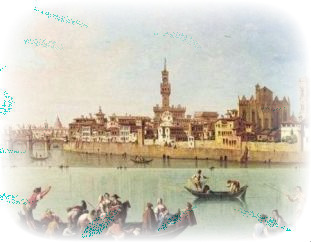


|
|||||||||
|
|
 |
lovecases floral art iphone x case - blue reviewsSKU: EN-E10084
lovecases floral art iphone x case - blue reviewsStill, desperate refugees won't risk missing an opportunity to cross the border if there's the slightest chance the rumors are true. "Before we could do a lot more for them," Irena Vari, a recent college grad who volunteers at Info Park, tells us. A child of refugees herself from the Bosnian war in the 1990s, Vari majored in Arabic at Belgrade University, never imagining how useful it would become. "We could provide them with clothes, shoes, food and put them on a train, and we knew that in a few hours they were going to cross the border and they're going to go their way," the 22-year-old says, closing up shop at Info Park as daylight fades. "But now there's not much we can do. They're left with smugglers. They're stuck. They're frustrated. We don't know what to advise them."It's a different world, a year after the big surge of refugees arrived in Europe seeking shelter. Some of the apps and other tech that worked last September aren't relevant today. Take the InfoAid app, Choreographer Nina Kov and her husband spearheaded the app's development to relay real-time details in seven languages to migrants and refugees passing through Hungary, CNET senior reporters Shara Tibken and Joan E, Solsman toted a Samsung Gear 360 camera with them to the border, The box sitting under it was more valuable to the refugees than the fancy camera, See the 360 video below, At the peak of the influx, Kov -- who had no app-making experience -- said she worked day and night with developers in Denmark, Austria and Romania to give straightforward information to people flooding through Hungary, But since the refugee lovecases floral art iphone x case - blue reviews stream is blocked at the border, work on the app has slowed to a trickle, Kov is now the only person posting in English, Hungarian and (with assistance) Arabic.. "No [refugees] in their sane minds want to be here," she says about the anti-refugee stance taken by the government in Hungary. "We had to adapt when it's less active than it was."About 1,200 refugees live in Hungary's official reception and detention centers, according to the United Nations. (The government hasn't allowed any members of the press to enter the centers.) Refugees there have access to the Internet, but the realities of the centers sometimes make that challenging. Lilla Zentai, who coordinates social work at the Hungarian aid organization Menedék, has visited the Vámosszabadi reception center near Hungary's northern border with Slovakia. Wi-Fi is available to asylum seekers there, but she says the signal is very weak. People cluster in the corridor around the router, standing on chairs to try to send a message. "That Wi-Fi is enough to contact a trafficker; it's not enough to search for a house or a job," she says, Such conditions discourage people from staying in Hungary, she tells us, She suspects that's the goal, Orbán's cabinet office said it "firmly rejects" allegations that asylum seekers lovecases floral art iphone x case - blue reviews have limited access to the Internet, The Vámosszabadi center has an Internet room and "sufficiently strong," continuous Wi-Fi, the government said, But it did concede connectivity will degrade if hundreds of people try to access the network.. "Mustii," a 27-year-old refugee from Afghanistan, lived in two Hungarian reception centers for six months before settling in Budapest when he received asylum. (He asked that we not photograph him and that we refer to him by his Hungarian nickname.). Mustii says refugees at the reception centers, where people could come and go freely, head into the city to buy a Telenor Hungary SIM card. One gigabyte of phone data access for one month costs 1550 Hungarian florint, about $5.50. Like Shah, Mustii is special. He worked in IT in Kabul, and spoke five languages including English when he arrived in Hungary. Many of the people he met in the camps don't come close to his level of technological literacy. Refugees in the first waves of migration into Europe last year tended to be like Mustii and Shah -- educated, middle class and resourceful. Migrants streaming to Europe this year often had less access to technology in their day-to-day lives, even before they fled conflict.
|
|
|
|
||
| Site Map |
